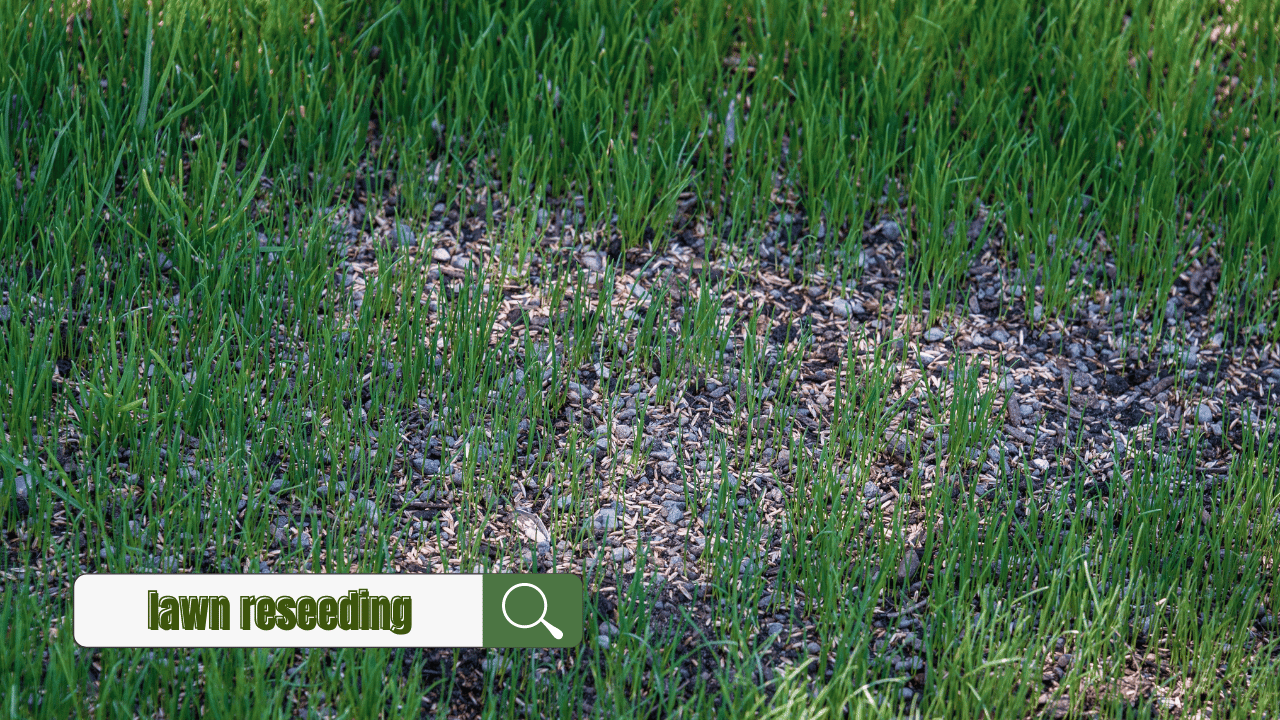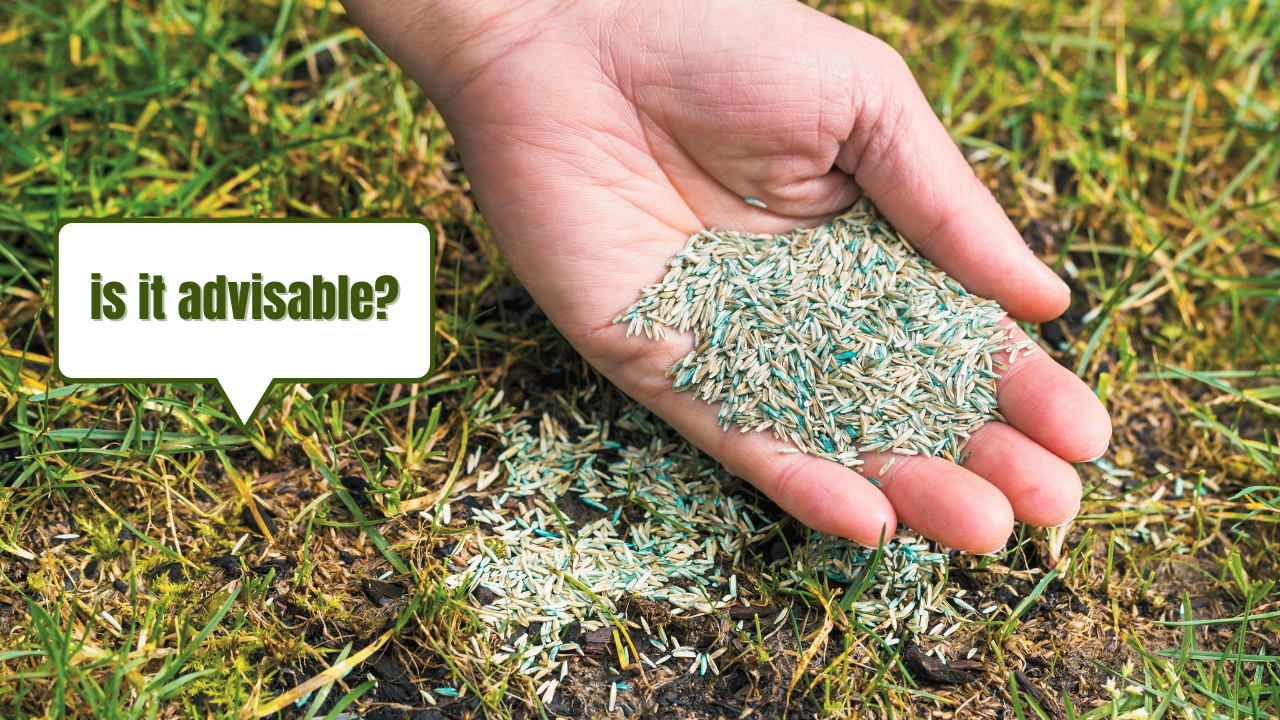Are you looking for tips for reseeding your lawn in the spring? Many homeowners are disappointed with bare spots on their lawn during the spring– which is commonly caused by harsh winters, pesky insects, and lawn diseases.
You may want to opt for lawn reseeding in the spring to keep it in tip-top shape. This process encourages the healthy development of your turfgrass and helps grow a thick lawn. Let's discuss everything you need to know to achieve a lush, healthy lawn.
Why do we Reseed the Lawn in the Spring?

Spring is an ideal season for thinking about routine lawn care activities. While many are under the belief that the spring season is the best time for seeding, it may not be the best time for both cool or warm-season turfgrass. Nonetheless, seeding is a beneficial activity regardless of the season you decide to do it.
7 Tips for Reseeding Lawns in Spring
Here are some expert-backed tips to keep in mind if you’re planning to reseed the lawn in the spring.
Care Practices after Spring Grass Reseeding
Remember that a seeded turf in the spring will likely grow a limited root system. So if you don't want to commit to frequent watering in the summer, you may want to avoid spring seeding.
The grass may die during the scorching summer days, so you'll ultimately waste your time and money. Another important consideration is that a spring-seeded turf will require more fertilizer for its optimal growth. During the seeding, use a starter-type fertilizer. After four weeks of germination, apply a second application using a nitrogen-rich fertilizer such as 30-0-0.
Expert-Tip: Find a formulation with slow-release nutrients. This will spread out the feeding process and limit the summer stress on your lawn by avoiding excessive nitrogen applications.
Helpful Tips for Lawn Reseeding in Your Region
Cooler climates:
If you live in the cooler climates of the country, consider the early spring the perfect time to seed the cool-season grasses. You can also patch bare spots and tend to any damage from winter diseases such as snow mold.
Warmer climates:
Those who live in warmer climates can consider seeding, sodding, or plugging the warm-season turfgrasses (depending on the grass type) in the late spring months. You can also opt to bare patch spots in the recently hand-pulled or treated areas.
Is Reseeding Lawns in Spring a Good Idea?

The success of your lawn care activities needs good management and a care plan. It is always advised to follow expert reseeding practices as much as possible. This allows you to correct soil-related issues such as compaction and erosion, poor water drainage, and excessive thatch layers. Once you regrow the bare or sparse lawn areas that turn the appearance of your lawn into an eyesore, you can soon enjoy the lush beauty of your healthy grass turfgrass.
Frequently Asked Questions (FAQs)
What are the benefits of spring seeding?
Growth rates are increasing, especially when the seed is exposed to the soil and the air reaches the right temperature. The seed will take off and fill your lawn pretty fast after seeding. The environment is harmed by bare ground. Reduce soil erosion and water pollution by planting grass as a perennial groundcover! Your lawn filters sediment and nutrients before they enter the drainage and water systems, reducing soil runoff.
Do I have to reseed dead patches in my lawn, or will it grow back?
Dead grass does not grow again; dead patches of grass may have to be reseeded. We recommend you ensure that insects or diseases are not the reason for the dead grass patches. Reseeding will not solve your insect and disease problems.
What are the limitations of spring seeding?
While spring seeding is beneficial for all lawns, it has several limitations.
What if I miss spring seeding?
For cool-season lawns, the window for spring seeding typically ends when daily average temperatures reach 80 degrees. So, what happens if you miss this opportunity? Continue to patch bare spots as needed and save the remaining of your seed for the fall once cool-season turf is best seeded. You're lucky if you have a warm-season lawn since the best time to sow is right ahead of the early summer.
What are the common problems associated with spring grass seed germination?
Excessive crabgrass germination has been a severe concern. Thin turf areas and soil disturbances cause the abundance of this pesky weed. Fortunately, the latest crabgrass control products can help resolve this problem. The Dithiopyr product with active ingredients is ideal for spring seeding because it can still provide reasonable control after being applied later into the season.
